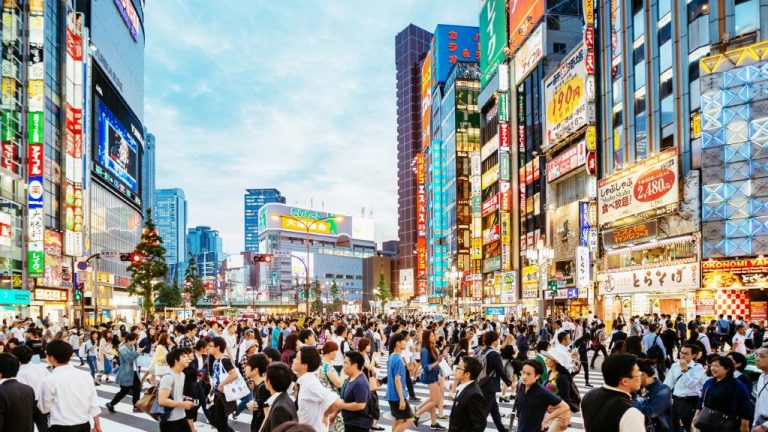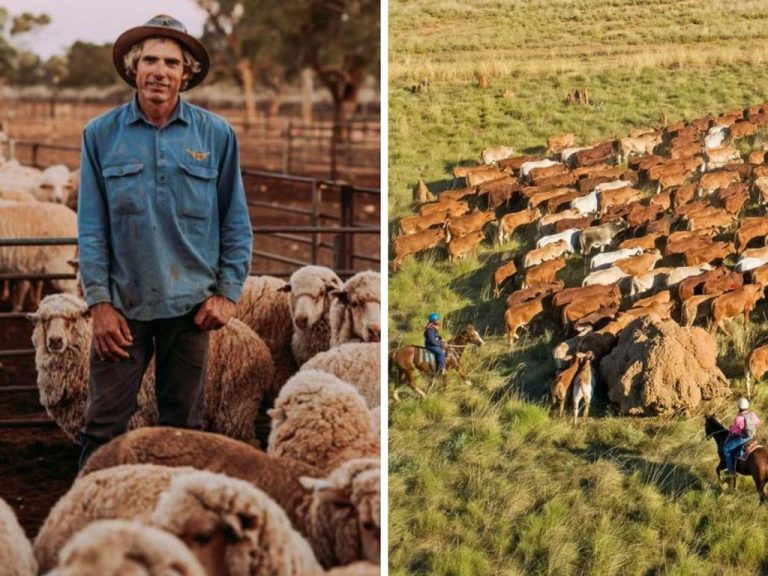Property spotlight: the regions where people stay and leave
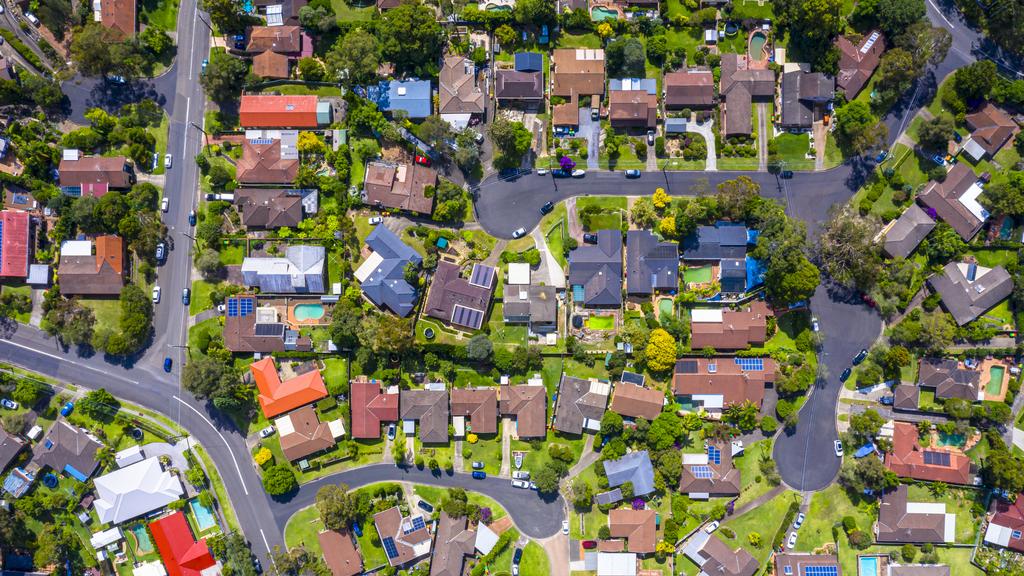
The big internal shifts are reshaping the country, and governments must address vastly different needs.
Population growth primarily results from natural increase and migration, but within smaller regions, the local population dynamics are shaped by internal migration.
The constant ebb and flow of residents, as people relocate in and out of these areas, holds a pivotal role, particularly in shaping the local property market.
Australia’s internal migration adheres to a predictable pattern that aligns with key life milestones. For instance, young adults often relocate to pursue higher education, embark on their professional careers, or establish families.
The migration of young children frequently corresponds with their parents’ movements. As people grow older, their reasons for migrating may include their adult children leaving the family home (resulting in downsizing), retirement, or relocating for health-related and care giving needs.
The Australian Bureau of Statistics census offers intriguing insights, allowing us to assess the mobility of population at suburban level, both over the past year and the past five years. The turnover rate of residents in an area signifies how frequently people move in and out during a specific time frame.
Understanding regional turnover rates is critical for property developers and urban planners. A high turnover rate typically indicates that residents are changing residences relatively quickly, a phenomenon often observed in areas where there’s a strong demand for housing, particularly in the rental sector.
On the other hand, a lower turnover rate suggests greater stability and longer-term residency, which is typically associated with homeownership.
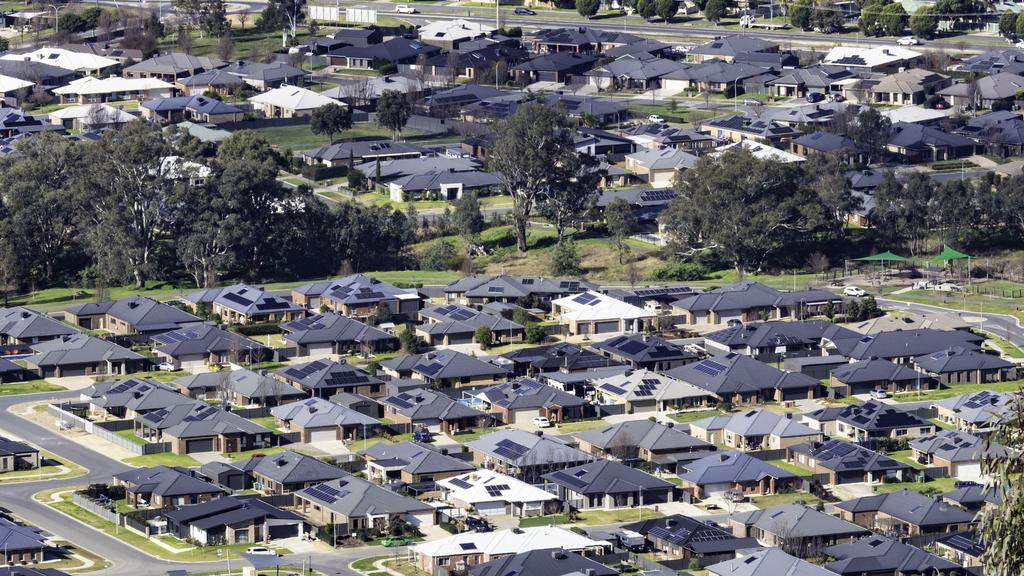
A new housing development in rural Victoria.
According to the ABS Census data for 2021, among the population aged 5 years and over, 56 per cent, or 12.7 million individuals, lived at the same address they did five years ago. This trend is consistent with the previous censuses
About 38 per cent, or 8.4 million people, moved to a different address at least once during the five years leading up to 2021, and approximately 6 per cent, or 1.2 million, resided overseas in 2016.
In 2021, people were slightly more likely to have moved elsewhere in Australia than compared to the five years prior to the 2011 and 2016 Census.
This data underscores that, on average, across Australia, there was a 44 per cent turnover rate, portraying a dynamic population landscape with a significant portion of the population in a state of flux.
When we link this data with tenure types, we gain valuable insights into the high-demand areas for rental properties and homeownership.
Of those who relocated in the five years leading up to 2021, 49 per cent transitioned to another rental accommodation, about 38 per cent moved to a dwelling owned with a mortgage, and 13 per cent shifted to properties that were owned outright.
The City of Melbourne municipality, primarily encompassing the CBD area, boasts the highest turnover rate of residents in Australia. With a population of about 149,600 residents, a striking 75 per cent of them changed their place of residence at least once between 2016 and 2021.
Notably, among the newcomers, a significant 79 per cent opted to reside in rental properties, underscoring the robust demand for rental accommodations in the region.
Among the new residents in Melbourne, 60 per cent arrived from other parts of Australia, while 39 per cent originated from overseas, which likely includes international students and skilled migrants. An additional 1 per cent comprised tourists. These figures emphasise the demand for short-stay rentals, apartments and purpose-built student accommodations in the area.
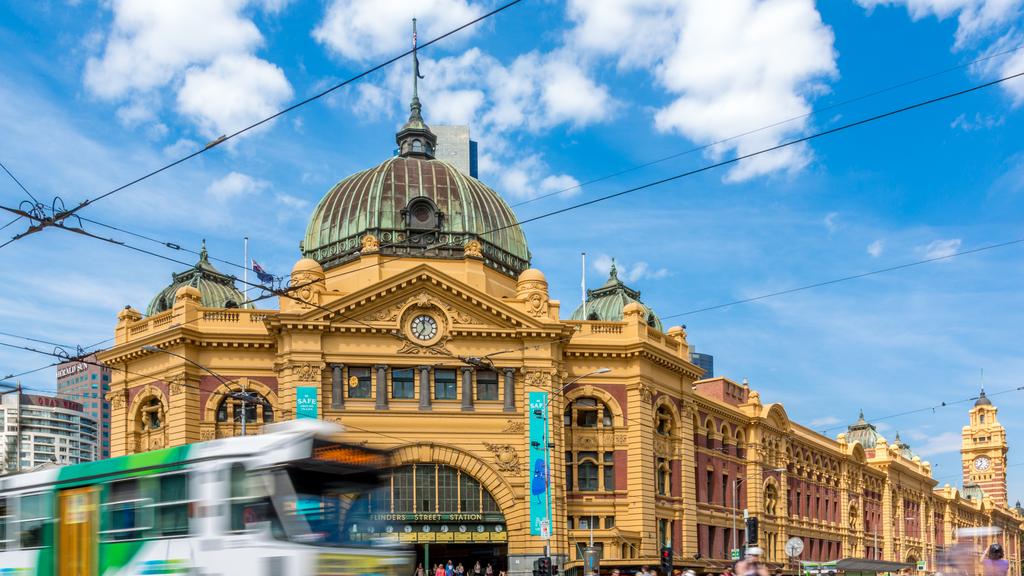
Iconic Flinders Street Station in Melbourne.
In a similar vein, the City of Perth follows as the second highest in turnover rate at 74 per cent, with Adelaide close behind at 69 per cent.
Interestingly, the City of Sydney exhibits a lower turnover rate compared to Perth and Adelaide, at 69 per cent. Sydney’s lower turnover rate can be attributed to a lower proportion of overseas residents at 30 per cent, and a majority of the population originating from internal migration at 70 per cent.
Next in line is Port Hedland, located in Western Australia, with a 66 per cent turnover rate. Renowned for its pivotal role in the mining industry, population movement in this area is notably swayed by job prospects within the local market.
As a result, approximately 70 per cent of the area’s total population calls rental accommodations home. The local housing market must adapt to the needs of its predominantly temporary residents, a significant portion of whom are families, constituting 71 per cent of the population.
Likewise, Roxby Downs in South Australia exhibits a turnover rate of 64 per cent. It also operates as a distinctive and pre-planned community, primarily serving as a residential and service hub for the Olympic Dam mining operation.
This trend persists in comparable working towns such as Karratha and Ashburton in Western Australia and Weipa in Queensland, to name a few, as well as in city councils surrounding major metropolitan areas such as North Sydney in NSW and Yarra and Port Phillip in Victoria.
The management of rental properties plays a central role in the real estate sector of these towns, constituting a significant portion of the industry. This is primarily due to the fact that the workforce in these areas tends to have relatively short tenures, with individuals often relocating to accommodate the incoming wave of workers, marking the transient nature of employment in industries such as mining and resources.
For urban planners in these towns, the task is substantial and multifaceted.
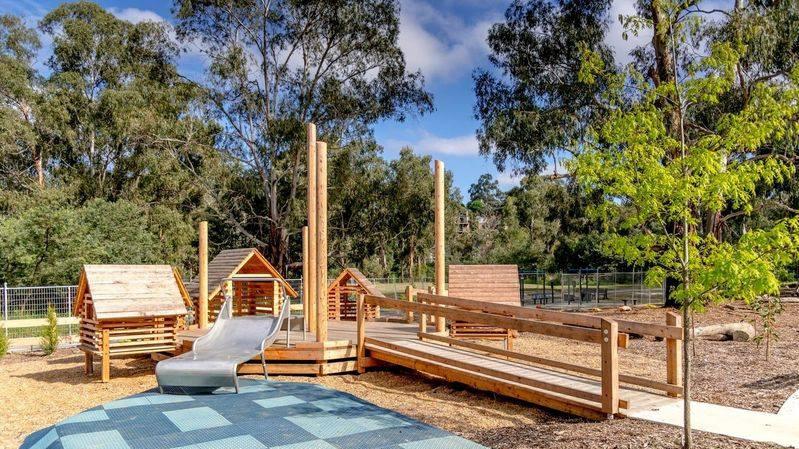
Diamond Creek Regional Playspace. Picture: Nillumbik Council
They are not just responsible for developing physical infrastructure but also face the formidable challenge of nurturing a sense of place and fostering a stable local identity.
This involves creating a cohesive community that can withstand the frequent turnover of residents, ensuring that each wave of newcomers feels a connection to the town and its unique identity, despite their temporary stay.
It requires careful consideration of social and cultural elements, as well as the physical layout of the town, to encourage a lasting sense of belonging among both the transient workforce and the long-term residents.
On the flip side, when we turn our attention to councils with the lowest turnover rates, we discover regions such as East Arnhem, West Arnhem, and Roper Gulf in the Northern Territory, each recording a modest 12 per cent, 21 per cent, and 22 per cent turnover rate, respectively. These areas are celebrated for their awe-inspiring natural wonders, such as the Gove Peninsula, Kakadu National Park, and the Roper River. The consistent influx of tourists to these regions underscores a significant demand for short-term or hotel accommodation.
In Victoria, Nillumbik, Yarriambiack, and Loddon councils follow closely, maintaining turnover rates within the range of 27 to 28 per cent. Nillumbik, positioned in the northeastern outskirts of Melbourne, roughly 25km from the city centre, offers a fusion of urban and rural landscapes.
On the other hand, Yarriambiack and Loddon predominantly oversee agricultural territories, reflecting their rural character.
Similar trends are observable in towns such as Hinchinbrook in Queensland, Yorke Peninsula and Grant in South Australia, Southern Midlands in Tasmania, and Warrumbungle Shire in NSW.
Looking at household tenure types in these regions confirms that about 77 per cent of the residents live in dwellings that are owned and just 23 per cent live in rental dwellings.

The Warrumbungle Mountains, which loom large over the small outback two of Coonabrabran. Picture: Brook Mitchell/Getty Images
Managing low population turnover rates in tourist locations is a complex task that involves finding a balance between promoting tourism for economic growth and ensuring the wellbeing and satisfaction of permanent residents.
Local authorities must address the specific challenges of their unique situations to create a sustainable and harmonious environment for both residents and tourists.
Property implications in high turnover regions often involve fluctuations in housing demand and prices. Action plans can include diversifying the local economy, implementing sustainable tourism practices, and preserving natural resources.
In low turnover regions, maintaining housing affordability and attracting a diverse population are key concerns. Local governments can offer incentives for property developers, encourage economic growth through infrastructure development, and preserve cultural heritage to enhance residents’ quality of life.
The ever-changing landscape of population dynamics in Australia’s diverse regions emphasises the critical role of housing, employment, and community development in responding to the needs of both transient and long-term residents.
It underscores the importance of careful urban planning and a strong sense of place to foster a lasting connection to the local identity, regardless of the duration of residence.
Hari Hara Priya Kannan is Data Scientist at The Demographics Group

